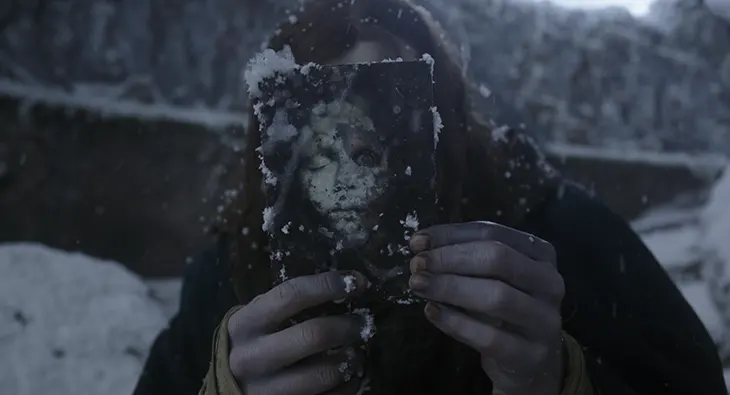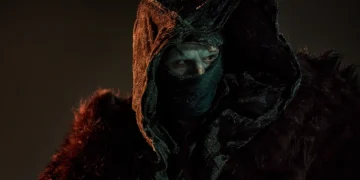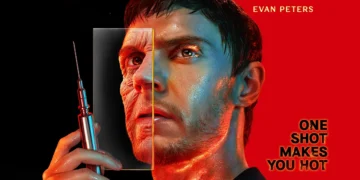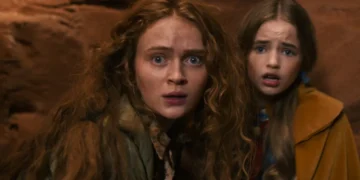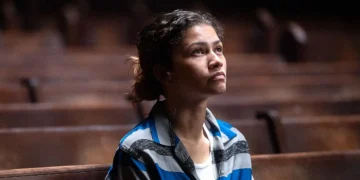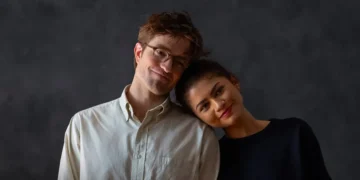
Netflix will premiere Frankenstein in November 2025, directed and written by Guillermo del Toro. The project adapts Mary Shelley’s 1818 novel Frankenstein; or, The Modern Prometheus, and brings together an ensemble cast led by Oscar Isaac, Jacob Elordi, and Mia Goth. The production took shape after decades of del Toro’s ambition to make the film. He describes it as a personal work, one he feared might not reach the screen.
MOVIES
Del Toro shot the film on a detailed soundstage in Toronto, where the tone of Shelley’s novel takes physical form through corridors filled with organs and cadavers. At the center of the set, a large cistern in an 18th-century Carpathian water tower serves as Victor Frankenstein’s laboratory. Production designer Tamara Deverell created the 360-degree set, combining mythological symbols with scientific machinery. A Medusa sculpture watches from above while sculpted silverwork channels electricity through green glass columns.
On set, del Toro directed Oscar Isaac through a key montage sequence. Isaac plays Dr. Victor Frankenstein with the energy of both surgeon and mechanic, fastening body parts with tools in hand. Del Toro encouraged him to embrace the physical nature of the work, comparing the assembly of the creature to carpentry. Medical advisor Dr. Peter Kopplin questioned whether a screwdriver belonged in the period setting, only to discover it had existed since the 15th century.
Jacob Elordi portrays the creature. During filming, Elordi’s character remained hidden under prosthetics designed by Mike Hill. The design team described Elordi’s body as ideal for the role, pointing to his height, frame, and expression. Hill said the actor carried innocence within his physical presence, which helped shape the monster’s form.
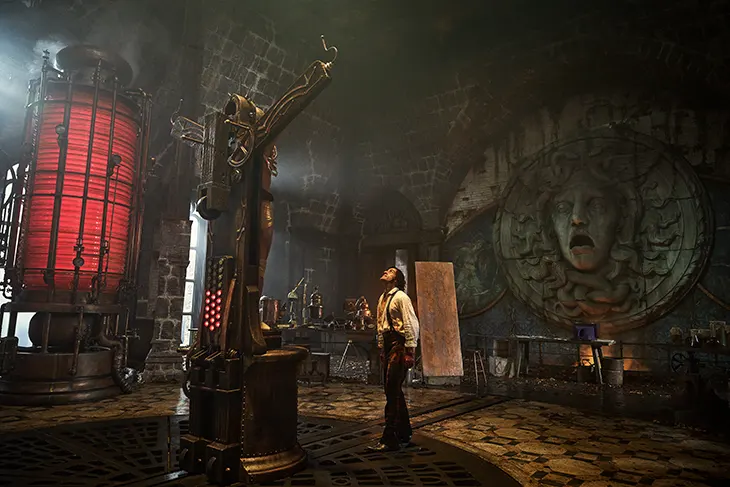

Oscar Isaac’s Frankenstein acts with indifference toward the creature, mirroring the treatment he received from his father, played by Charles Dance. Del Toro shaped this version of the story to explore family dysfunction. Jacob Elordi explained that the film focuses on fathers and sons. Del Toro echoed that by connecting this idea to themes in Pinocchio, suggesting both creatures confront their makers with the question: “Why did you make me?”
The film also stars Mia Goth as Elizabeth, the fiancée of Frankenstein’s younger brother, played by Felix Kammerer. Costume designer Kate Hawley used saturated tones like red and green to shape her look, drawing inspiration from 1960s horror. Del Toro described Elizabeth as a shared fixation between the doctor and his creation. Christoph Waltz appears as Harlander, an arms dealer who funds Frankenstein’s experiments during the Crimean War. David Bradley plays the blind man who treats the creature with kindness, offering one of the few moments of calm in a violent narrative.
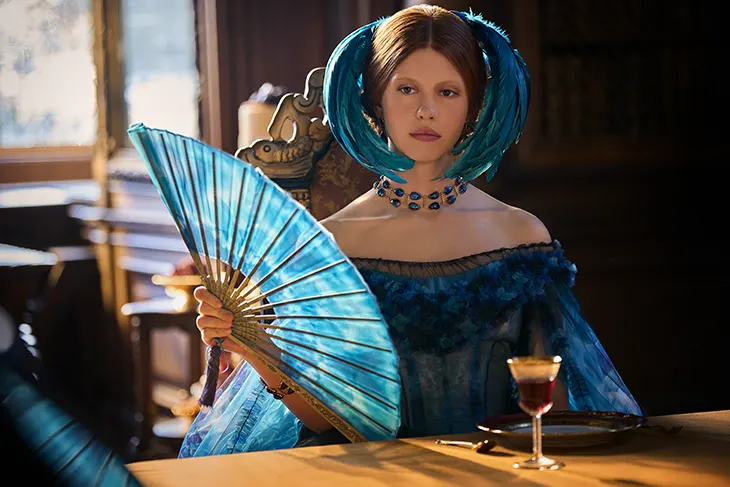
Del Toro sees this adaptation not as a tribute, but as a continuation. He doesn’t recreate Shelley’s version, nor Karloff’s, nor Wrightson’s. Instead, he draws from all three and adds himself to the structure. Frankenstein on Netflix arrives as a film shaped by personal influence, built in ice and stone, driven by questions about life, loss, and creation.
